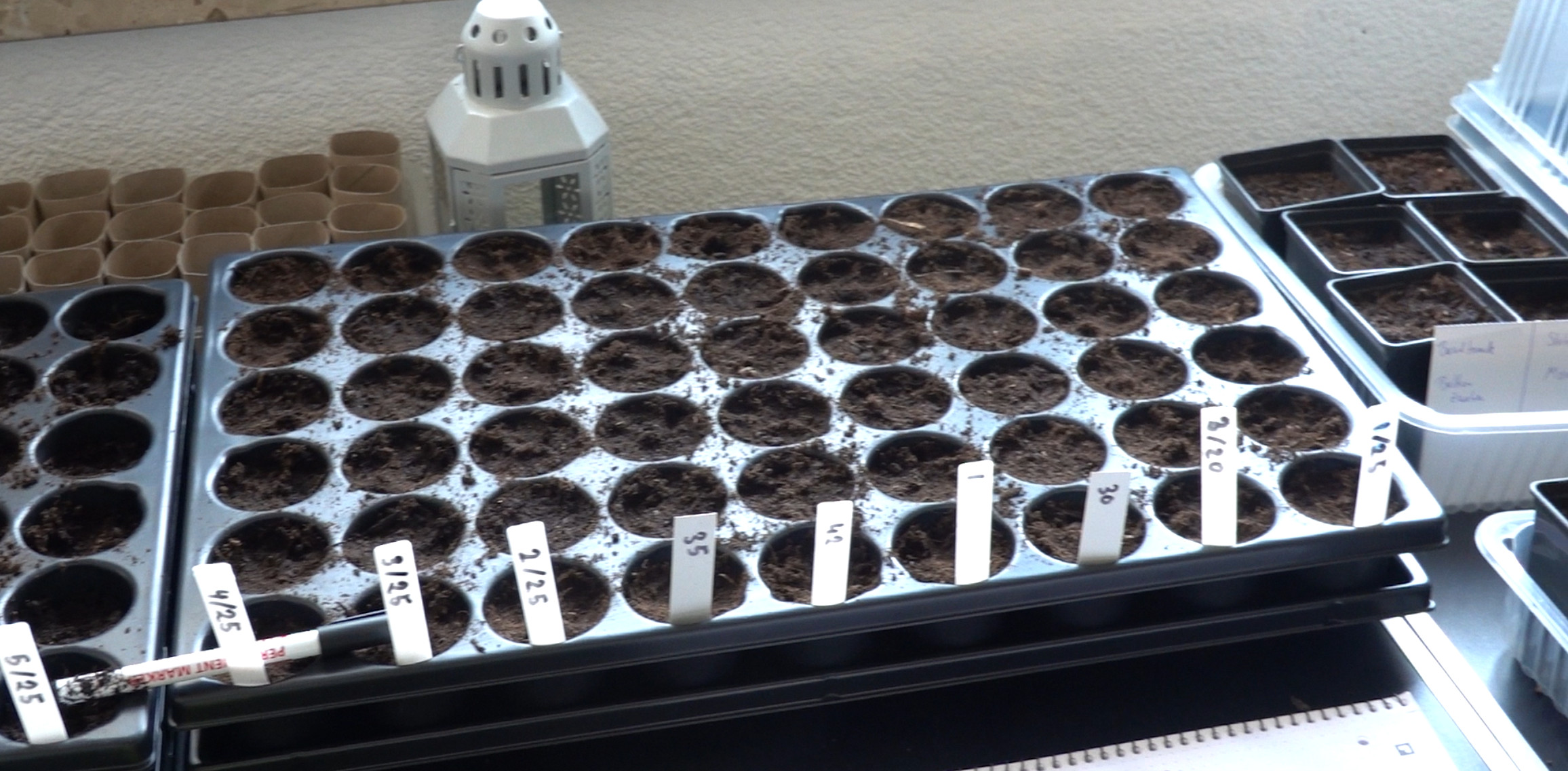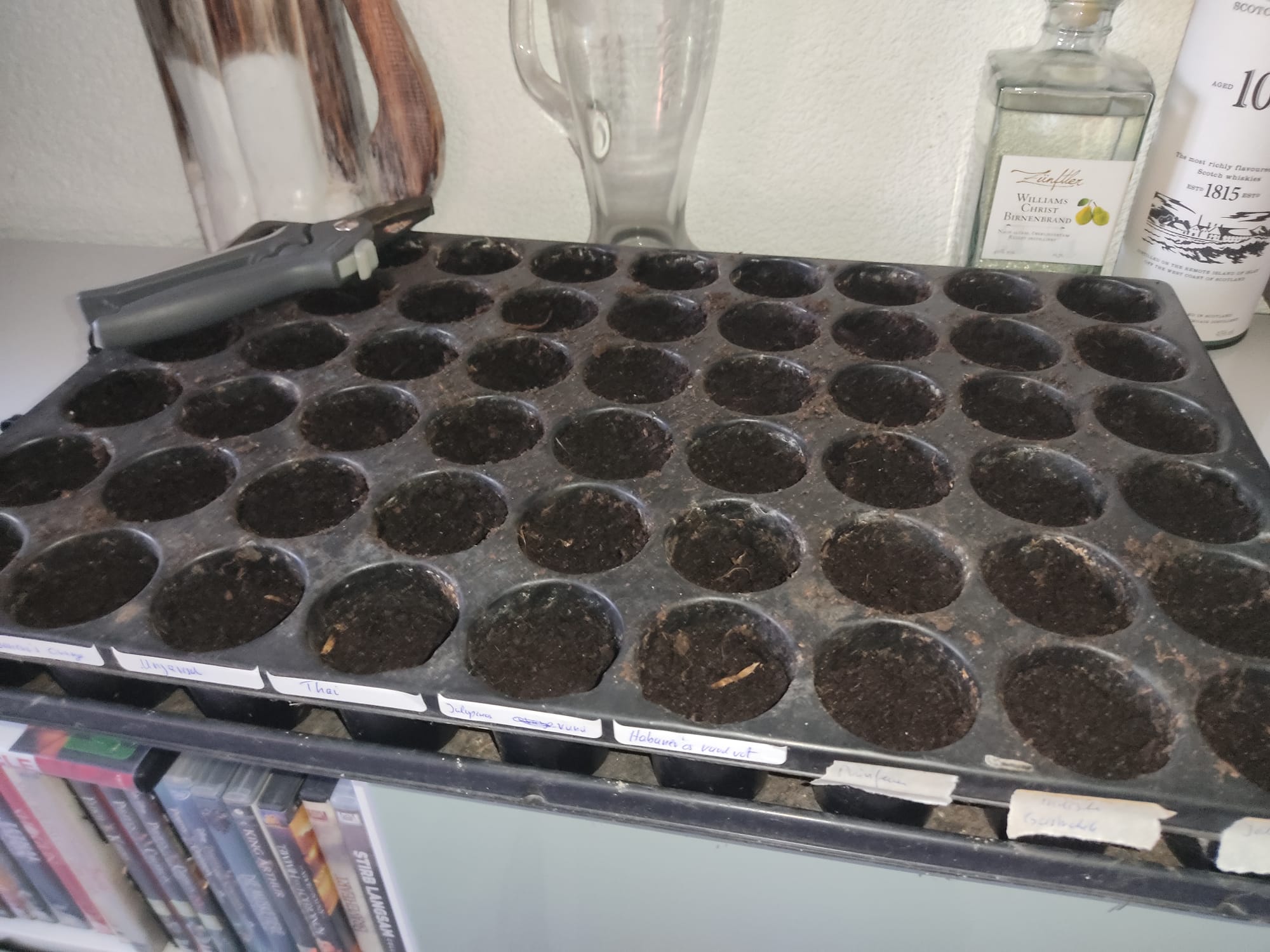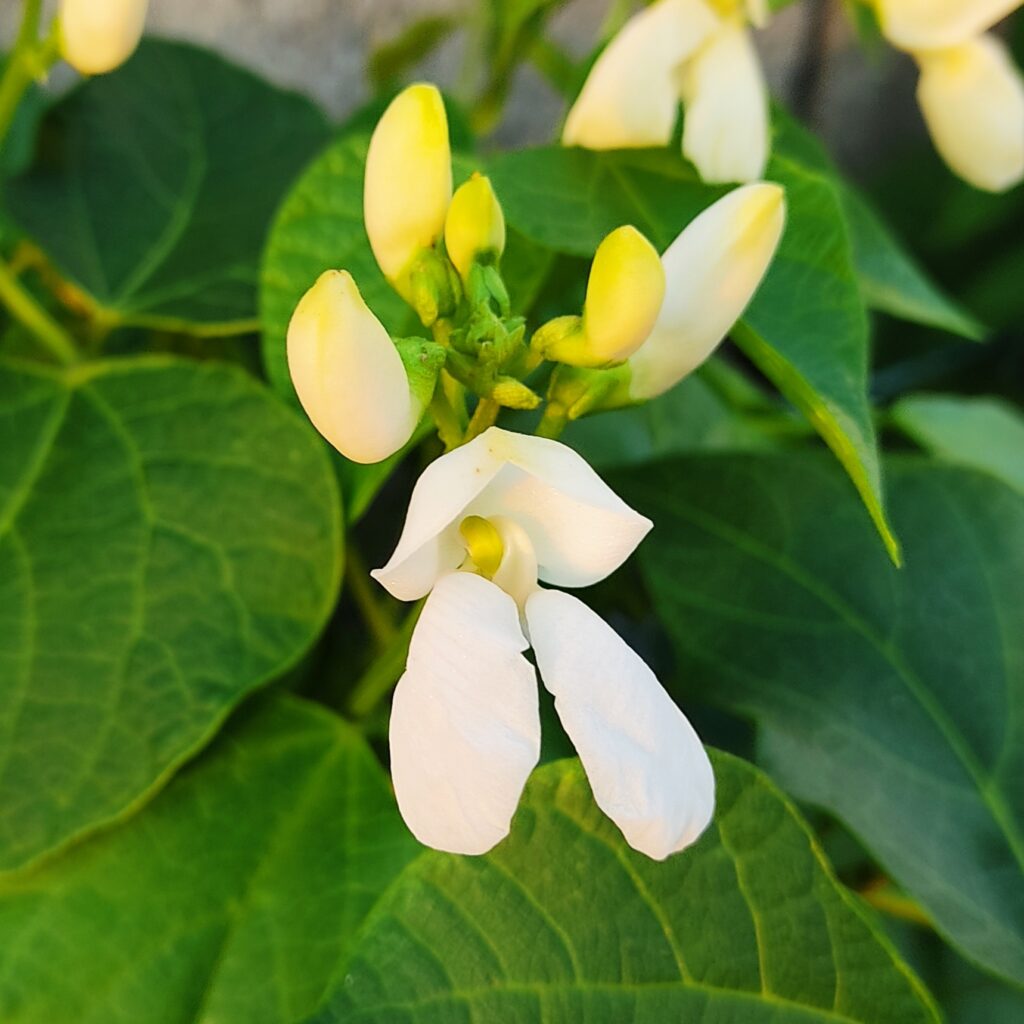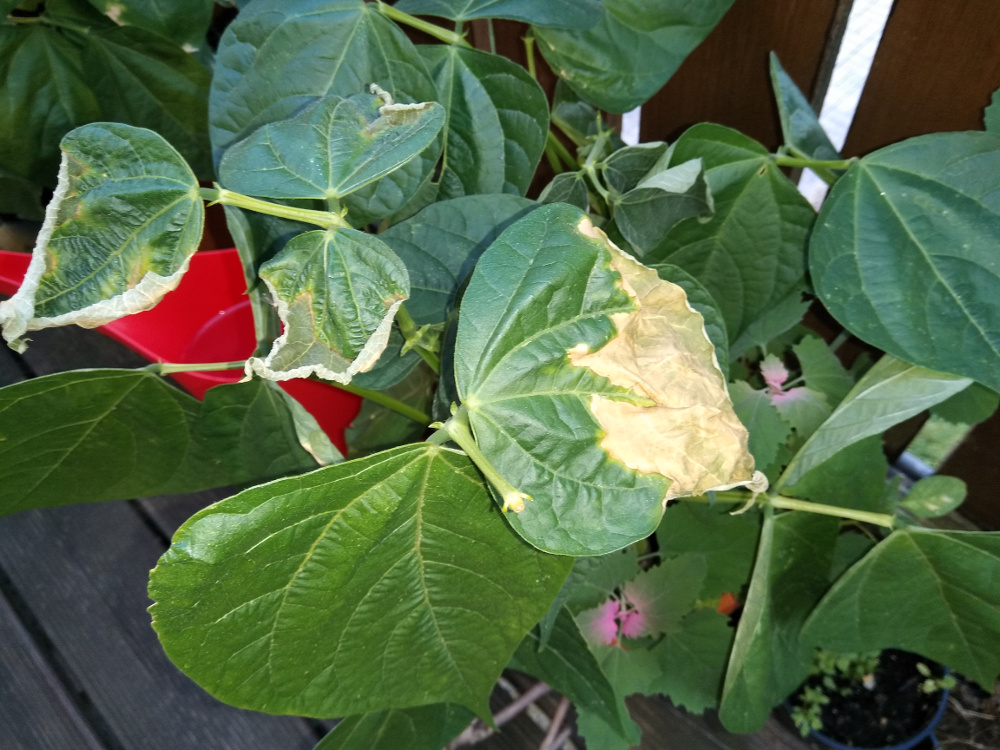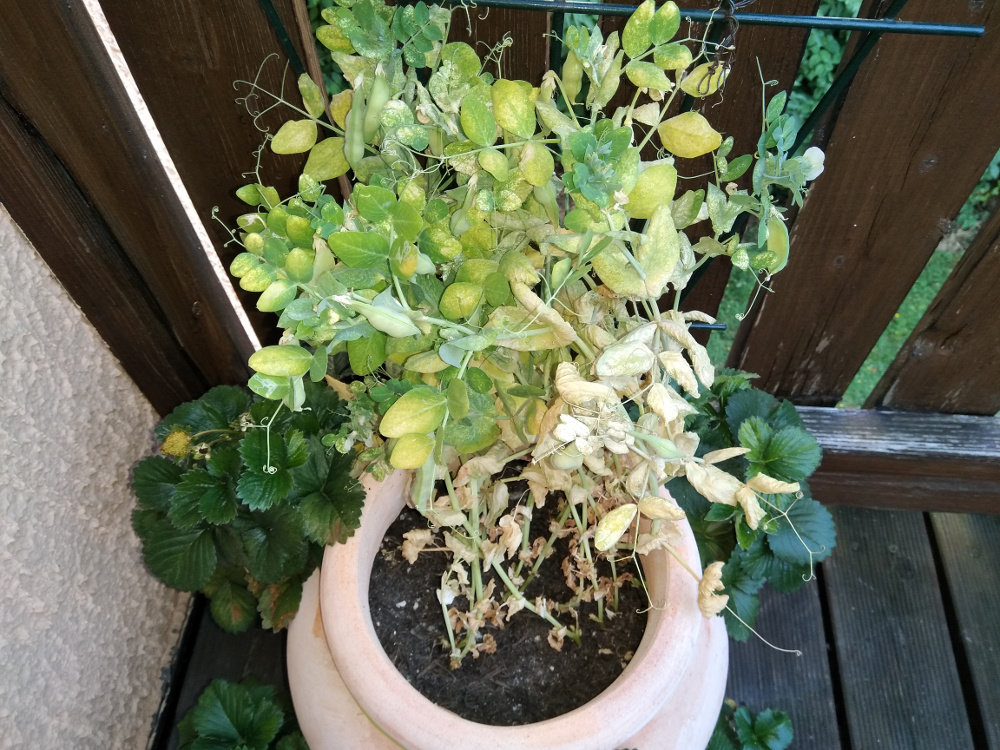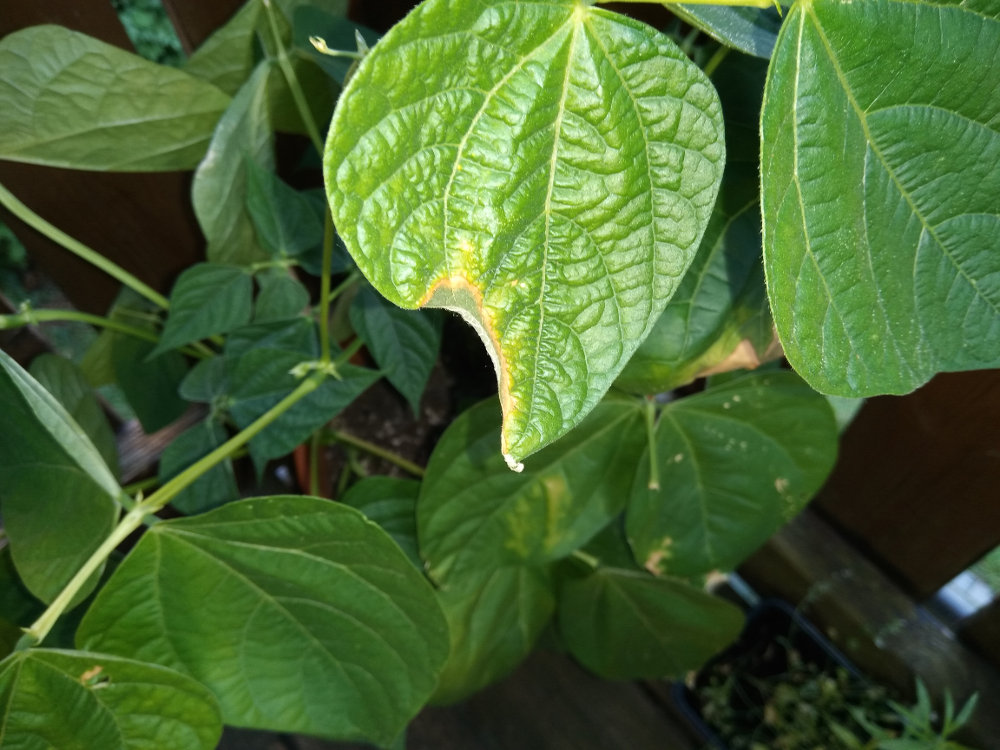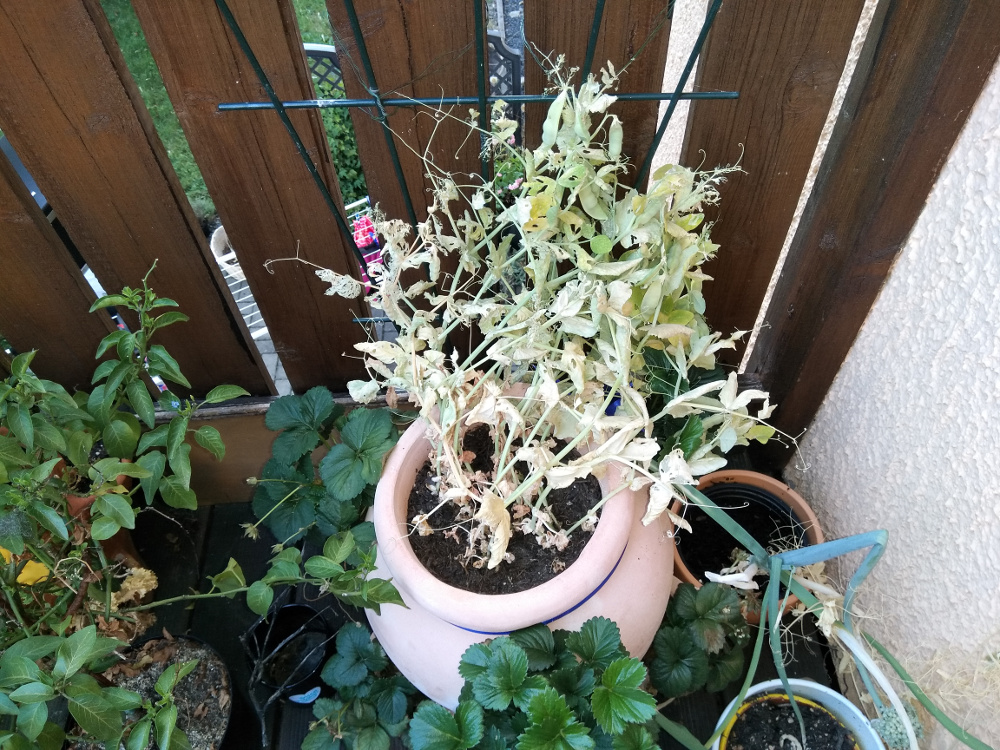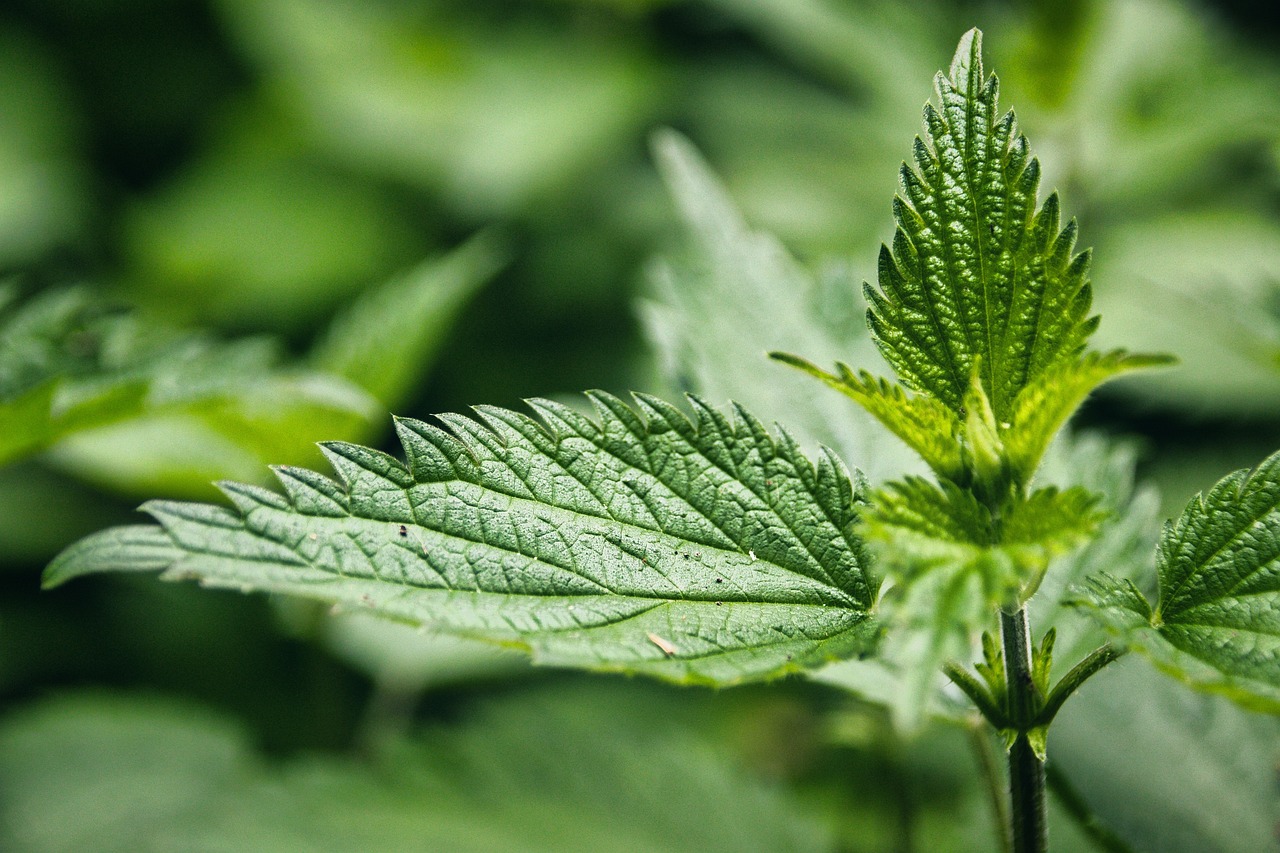
Stinging nettles (Urtica dioica) are often regarded with apprehension due to their painful sting, but they are a plant with a rich history and a multitude of beneficial properties. These perennials, commonly found in Europe, North America, and parts of Asia, have been utilized for centuries for their medicinal, culinary, and practical uses. In this blog post, we will explore the fascinating world of stinging nettles, highlighting their properties, benefits, and various applications.
Identification and Habitat
Stinging nettles are easily recognizable by their serrated, heart-shaped leaves and tiny, inconspicuous green flowers. The leaves and stems are covered in tiny, hair-like structures called trichomes, which release a mix of chemicals, including histamine and formic acid, causing a stinging sensation upon contact with skin. Nettles thrive in moist, nutrient-rich soils and are commonly found in woodlands, along riverbanks, and in disturbed areas like roadsides and gardens.
Historical and Traditional Uses
Historically, stinging nettles have been used across various cultures for their medicinal properties. Ancient Egyptians used them to treat arthritis and lower back pain, while Roman soldiers rubbed nettles on their skin to help stay warm in cold climates. Traditional European medicine has long utilized nettles to treat ailments ranging from joint pain to seasonal allergies.
Nutritional Profile
Stinging nettles are a powerhouse of nutrition, packed with vitamins, minerals, and antioxidants. Here are some key nutrients found in nettles:
- Vitamins: Rich in vitamins A, C, K, and several B vitamins.
- Minerals: High in iron, calcium, magnesium, phosphorus, potassium, and silica.
- Protein: Contain a surprising amount of protein, making them a valuable plant-based protein source.
- Antioxidants: Loaded with polyphenols and flavonoids, which help fight free radicals and reduce inflammation.
Health Benefits
The diverse array of nutrients in stinging nettles contributes to their numerous health benefits:
- Anti-inflammatory Properties: Nettle extracts can reduce inflammation, making them beneficial for conditions like arthritis and other inflammatory disorders.
- Allergy Relief: Nettle has natural antihistamine properties that can alleviate symptoms of hay fever and other allergies.
- Joint Pain Relief: Topical applications of nettle preparations can reduce pain and improve mobility in patients with osteoarthritis.
- Support for Urinary Health: Nettle is often used to treat urinary tract infections and benign prostatic hyperplasia (BPH) due to its diuretic properties.
- Blood Sugar Control: Some studies suggest that nettle can help regulate blood sugar levels, potentially benefiting those with diabetes.
Culinary Uses
Despite their sting, nettles are a versatile and nutritious addition to the kitchen once they are properly prepared. Cooking or drying neutralizes the stinging chemicals, making them safe to eat. Here are some ways to enjoy nettles:
- Nettle Soup: A classic dish in many cultures, nettle soup is both nutritious and delicious.
- Nettle Tea: Dried nettle leaves can be steeped to make a refreshing and health-boosting tea.
- Pesto: Nettles can be used as a substitute for basil in pesto, providing a unique flavor and added nutrition.
- Sautéed Greens: Similar to spinach, nettles can be sautéed with garlic and olive oil for a simple side dish.
- Smoothies: Adding a handful of blanched nettles to smoothies can boost their nutrient content.
Practical Uses
Beyond their medicinal and culinary uses, stinging nettles have several practical applications:
- Natural Dye: Nettle leaves produce a green dye, while the roots can produce yellow or brown dyes.
- Fiber: Historically, nettles were used to make fabric and ropes due to their strong fibers. Nettle fabric is durable and eco-friendly.
- Compost and Fertilizer: Nettles can be added to compost heaps or used to make liquid fertilizer, enriching the soil with valuable nutrients.
Growing and Harvesting
Stinging nettles are relatively easy to grow and can be cultivated in a home garden. They prefer moist, well-drained soil and partial shade. When harvesting nettles, it is crucial to wear gloves and long sleeves to avoid being stung. Young leaves are best for culinary use, while older leaves and stems are better suited for making teas and extracts.
Conclusion
Stinging nettles (Urtica dioica) are much more than a bothersome weed. They are a nutritional powerhouse, a versatile culinary ingredient, and a valuable medicinal plant. By understanding and appreciating the numerous benefits and uses of nettles, we can transform our perception of this misunderstood plant and harness its full potential for our health and well-being.
Disclaimer: This blog post is for informational purposes only and does not constitute medical advice. Always consult with a healthcare professional before using any herbal remedies or supplements.
Image by Alexander Fox | PlaNet Fox from Pixabay
Who notes the difference?
